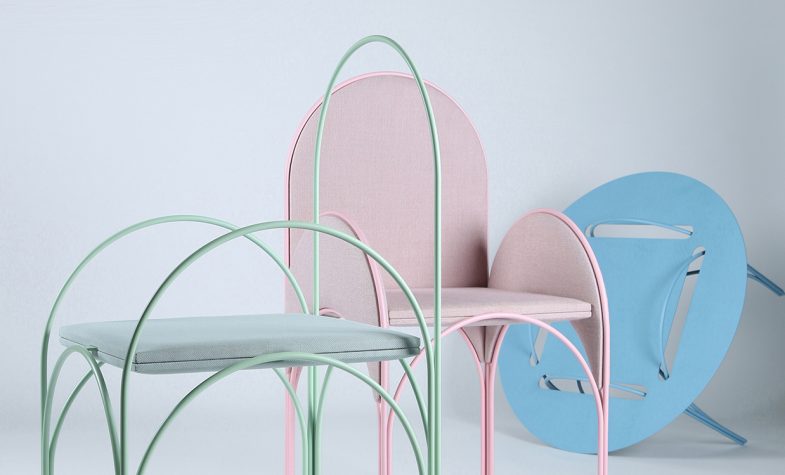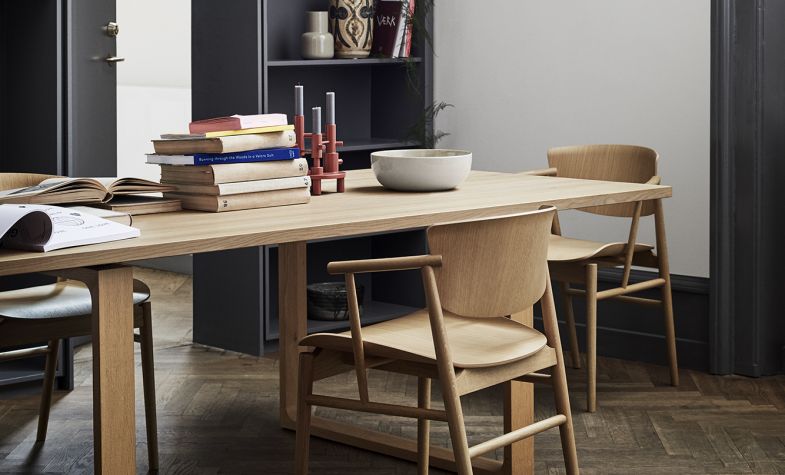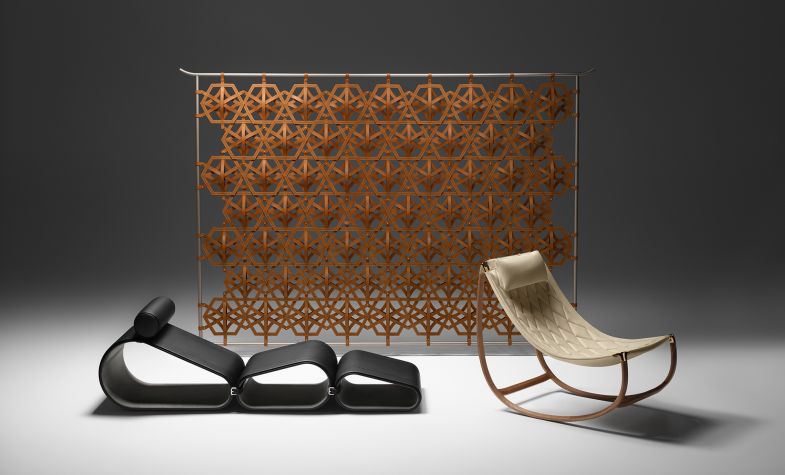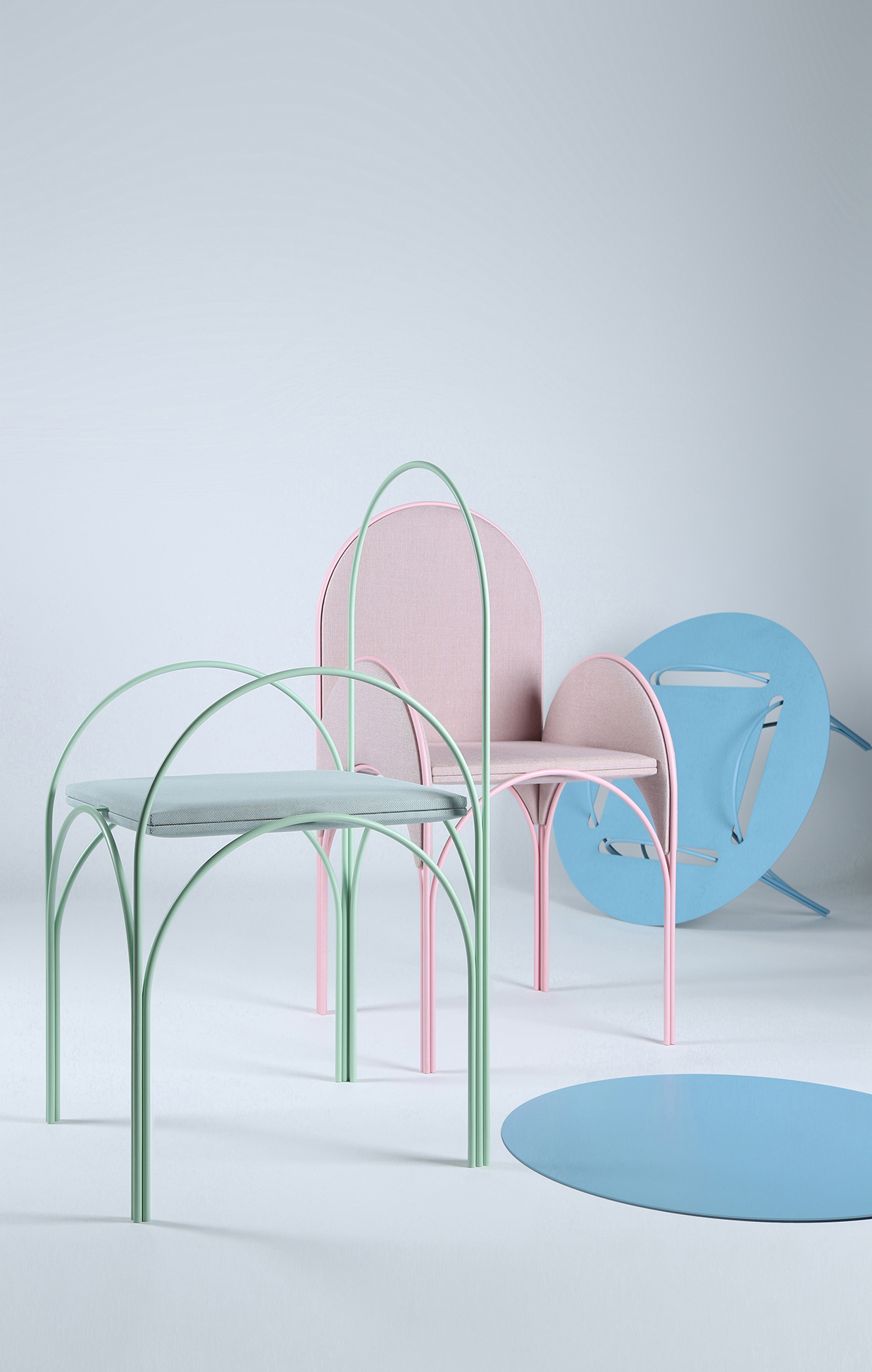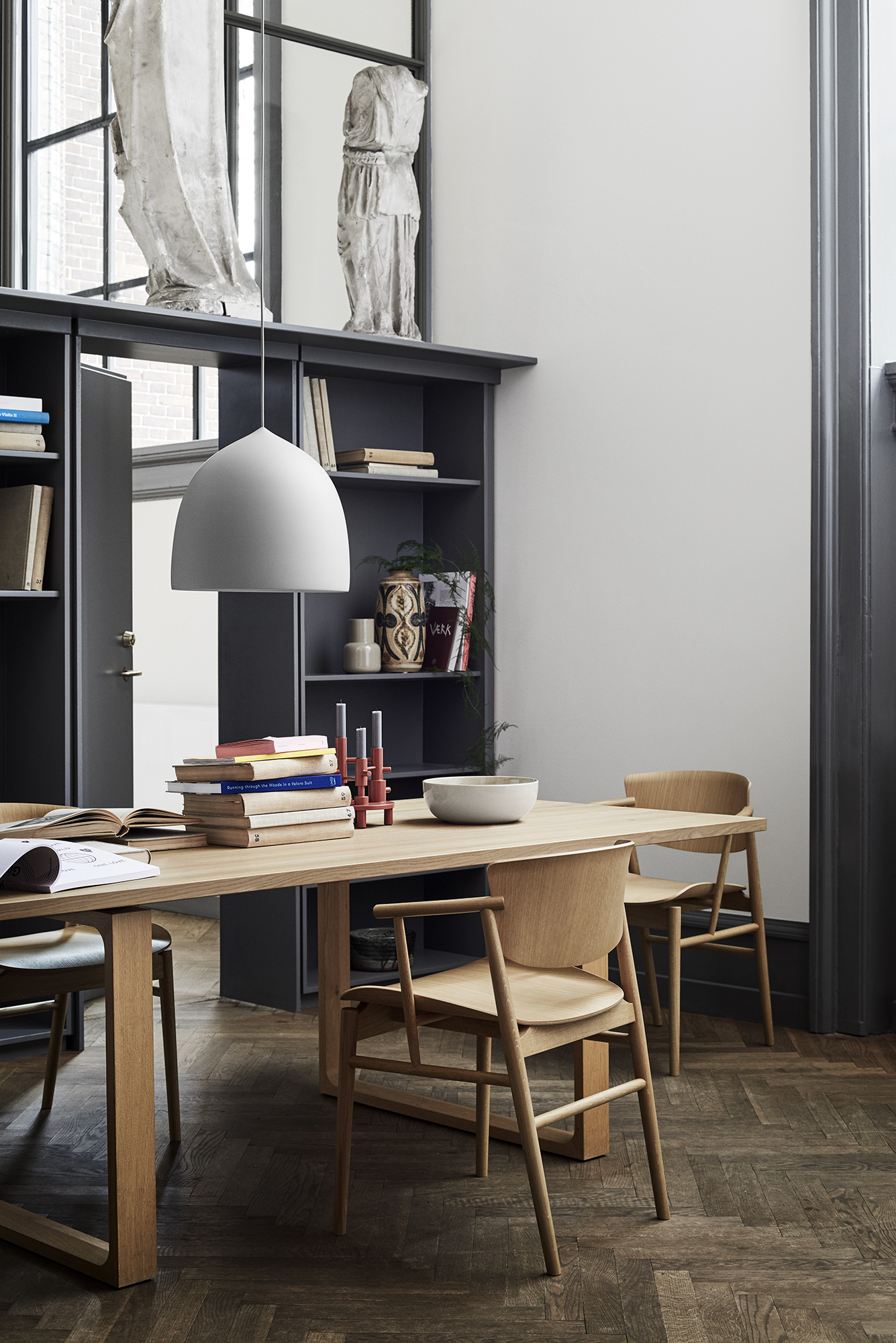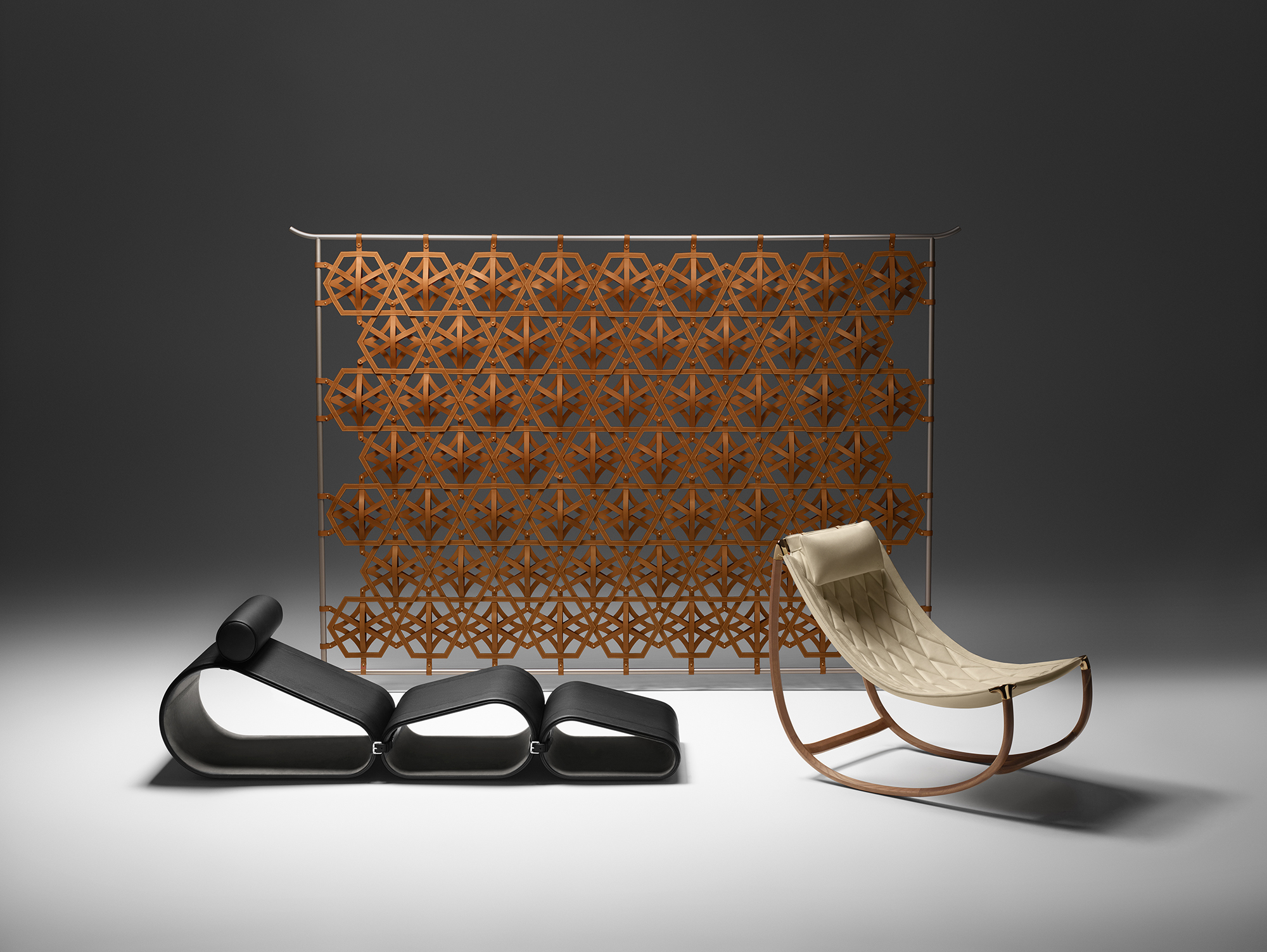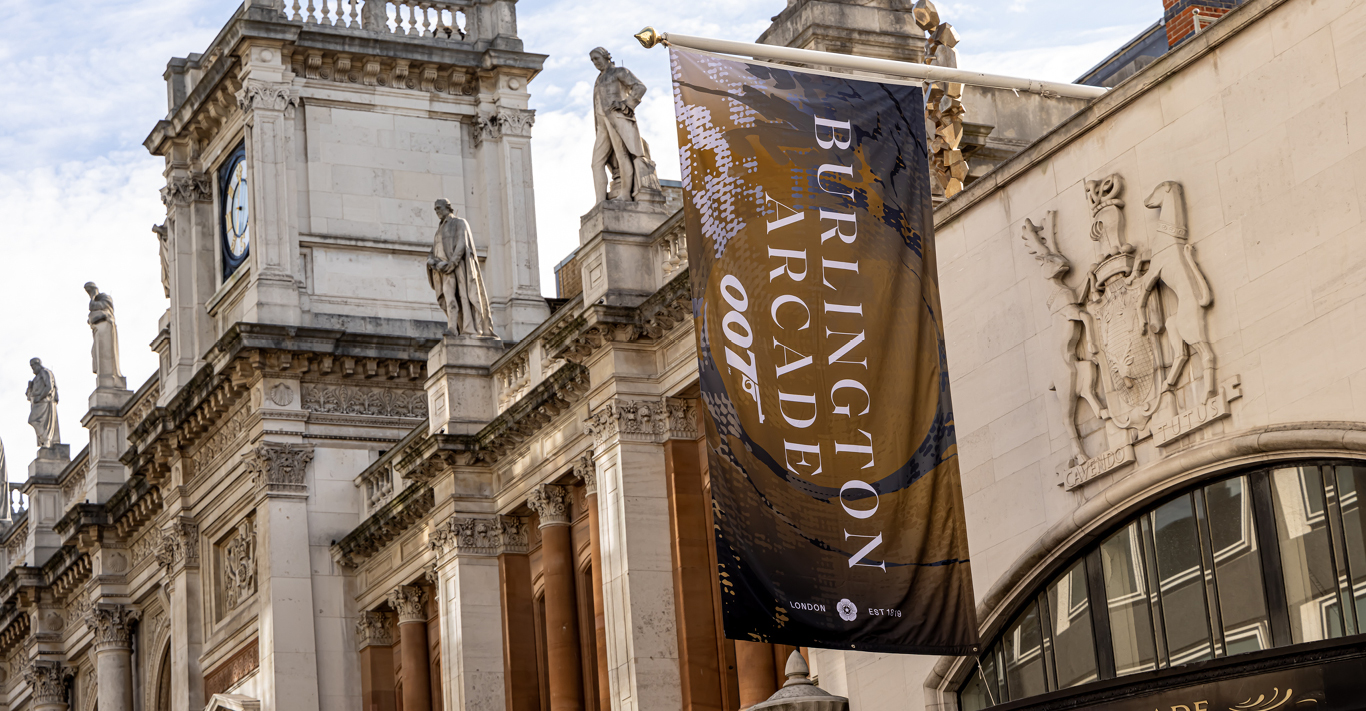WORDS
Amy Raphael
Every April, more than 300,000 visitors from over 165 countries head to Milan for Salone del Mobile, one of the biggest design shows on the planet. They gaze at the world’s most beautiful, luxurious and, at times, challenging pieces of design and, inevitably, post an endless stream of images on Instagram.
Last year, there were colourful flat-pack tables made only from cardboard and a simple self-assembly chair that can be built without any tools, screws or adhesives. Italian lighting company Artemide introduced an elegant cordless portable lamp and Chinese studio Bentu Design displayed furniture made from recycled ceramic waste.
This year, for the first time, Salone del Mobile published a manifesto asking both the city of Milan and the design industry to promote innovation and sustainability. Now in its 57th year, the trade show made what it rather grandly refers to as a ‘declaration of intent’, in which it asked for sustainable quality, collaboration and the championing of young designers.
Some designers, however, just want to have fun. Gufram (gufram.it), the avant-garde Italian furniture brand, was part of the Radical design movement developed in Milan, Turin and Florence in the 1960s and it has never stopped innovating. Two years ago it introduced a new take on the cactus-shaped coat rack originally launched in the 1970s – the new cactus was designed in bright stripes by Paul Smith.
This year, Gufram is dazzling the design world with its disco-inspired collection. Gufram owner Charley Vezza always has an eye on both the past and the future; he wants to ring fence the company’s past without allowing it to become a relic. For the new collection he looked to Dutch design duo Rotganzen’s deflated disco balls, which are strangely moving and which Rotganzen describes as a ‘visual metaphor of fading glory’.

Less melancholic is Atelier Biagetti’s collection of modular sofas for Gufram, which range from the relatively muted purple velvet sofa that should grace every private cinema to the gloriously golden tubular sofa that might, in times gone by, have had a Bond girl draped across it.
Salone del Mobile is an international festival of ideas as much as it is a celebration of new products. London-based architectural practice Carmody Groarke (carmodygroarke.com), award-winning designers of the V&A Members’ Room, created a ‘temple’ decorated with a series of handcrafted totems made in Florence but inspired by the Russian Avant-Garde movement. The idea wasn’t to thaw Cold War-style tensions between east and west, but to showcase Elit Vodka by Stoli, frozen or otherwise. It certainly ticked Salone’s collaboration box.
In fact, it is hard to keep track of all the collaborations in Milan. Dutch designer Marcel Wanders (marcelwanders.com), dubbed the ‘Lady Gaga of design’ by The New York Times, collaborated with Louis Vuitton on its ‘Objets Nomandes’ collection, with Alessi and, for the first time, Natuzzi. Wanders is all too familiar with the power of Salone del Mobile: back in 1996, he presented the ‘Knotted Chair’ with Droog Design and became a design star overnight.
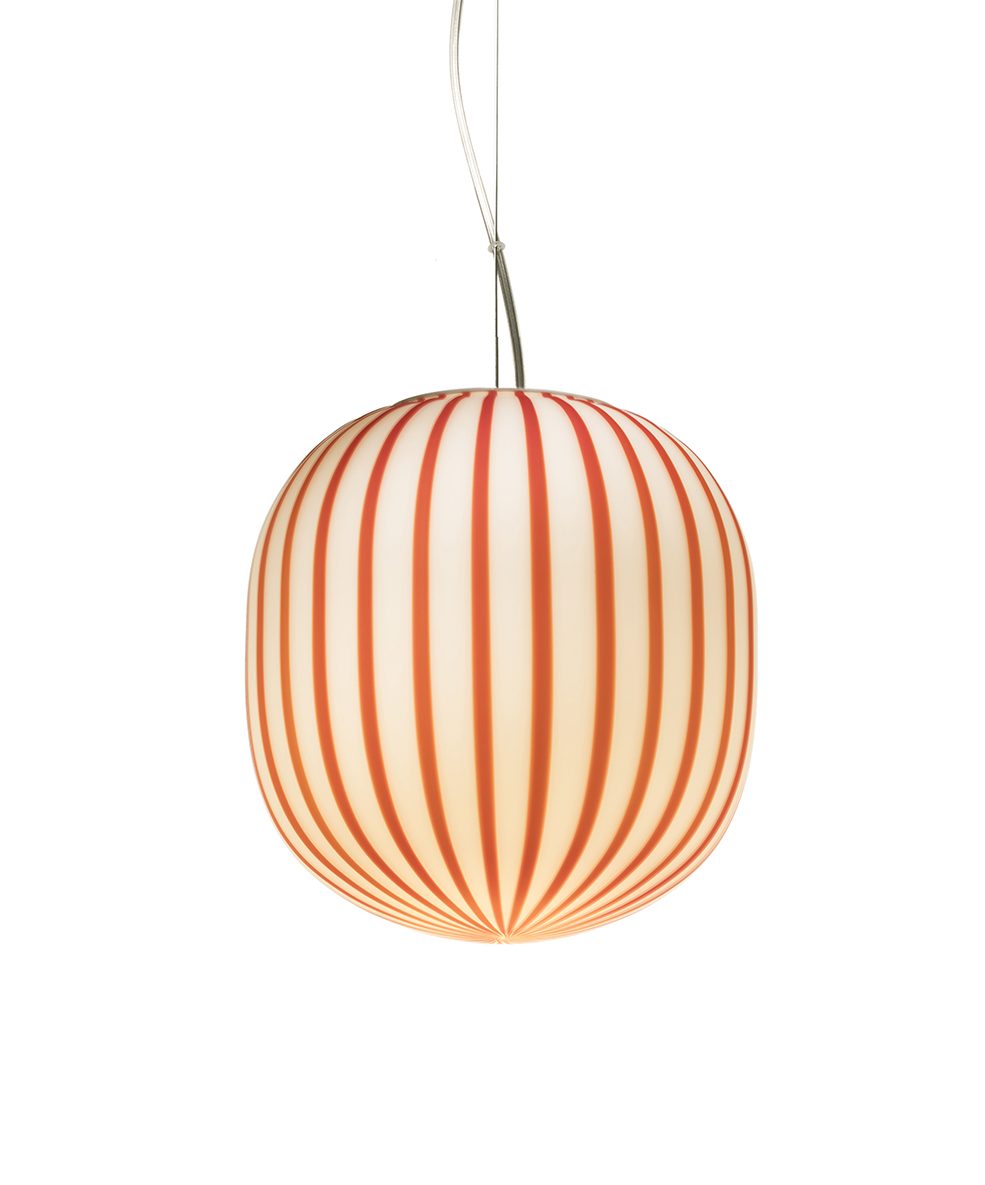
Chairs have, of course, always held their own in the design world. The late English architect Peter Smithson suggested that we are hooked on chairs because they are symmetrical like the human body. Just like us, they have arms and legs. It’s always exciting when Fritz Hansen (fritzhansen.com), the Danish furniture design company with past designs including Arne Jacobsen’s iconic Egg chair, launches a new chair. The N01 dining chair, its collaboration with the Japanese design studio Nendo, is as you might expect, simple but beautiful.
Its seat and back panel, made of nine layers of veneer, curve up gently at the edges, as though to offer an embrace. Its solid wood legs and arms are sturdy and practical. While famous for its skills in plywood moulding, the Danish brand hasn’t produced a solid wood chair such as this in 60 years. ‘A wooden chair is not an easy product to make,’ Oki Sato, founder of Nendo, told Wallpaper magazine. ‘It is one of the most difficult, and one’s personal mentality or philosophy can be expressed through it. Our goal was to finalise a chair, which is contemporary, yet maintains the traditional and historical feel of the brand.’
It is neither a Japanese nor a Danish chair, but both. ‘If you sit on it, you will notice that this is a Fritz Hansen chair,’ says Sato. ‘If you live with it, you will realise that this is pure Japanese design.’
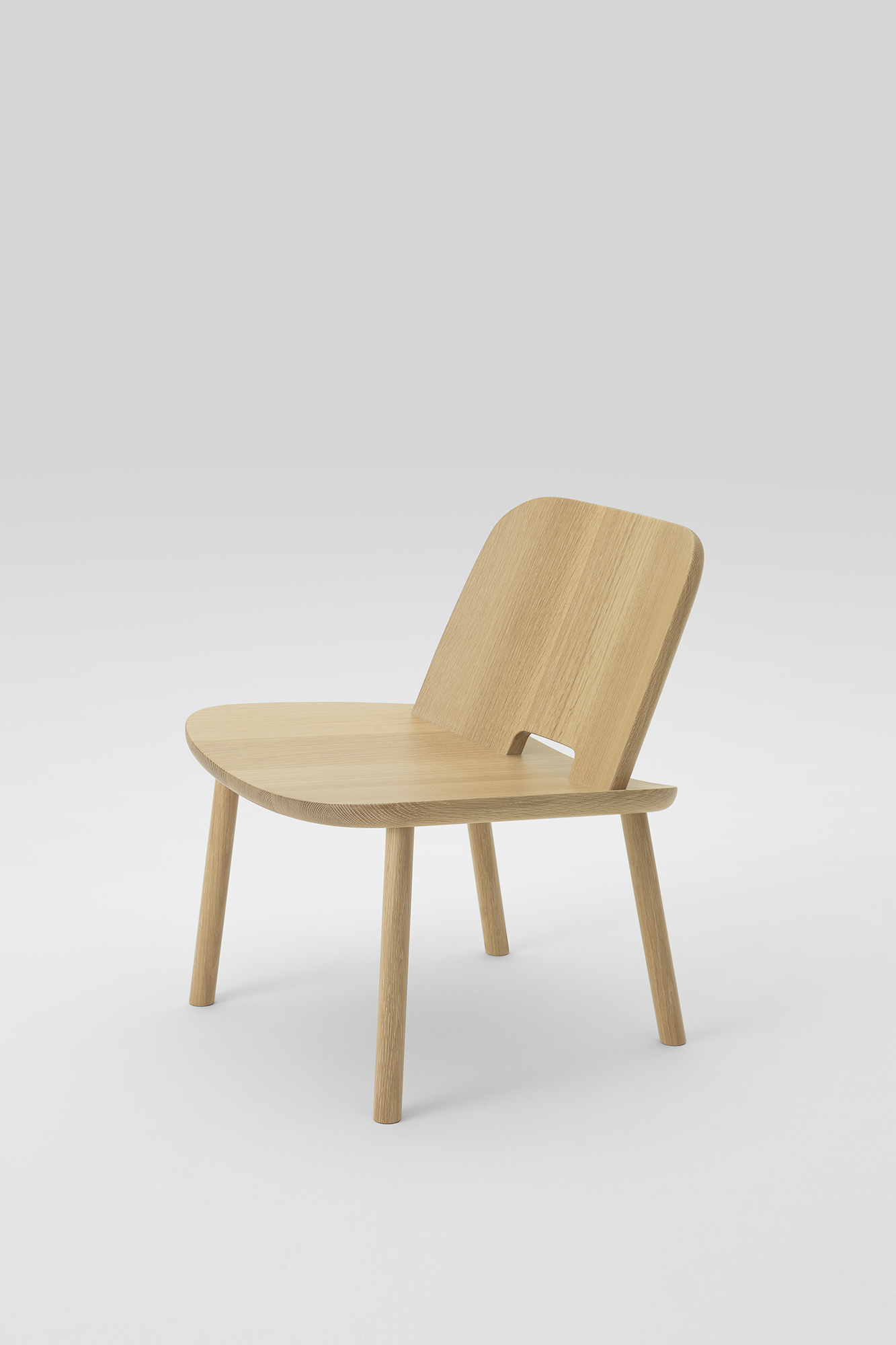
British designer Jasper Morrison (jaspermorrison.com) also turned east for inspiration, collaborating with Japanese furniture brand Maruni Wood Industry (maruni.com). Morrison and Maruni have collaborated successfully before, launching their gorgeous three-seater sofas in Milan four years ago. This year, all eyes were on Naoto Fukasawa’s Roundish Arm Chair (Fukasawa has previously collaborated with Issey Miyake and B&B Italia, among others) and Morrison’s Fugu chair, both made of wood and the former a curved beauty, the latter a more angular, geometric chair.
Of course, not all chairs are made of wood. Richard Yasmine (richardyasmine.com), an interior architect and product designer from Beirut who is influenced by Le Corbusier and Anish Kapoor, presented chairs with fabric seats and pastel-coloured steel frames. His Hawa Beirut collection of furniture, which nods both to the past and the present, is all about gentle hues of pink, light green and blue – ‘Hawa’ means light summer breeze in Arabic. It includes a folding screen with handmade tassels and stained glass inserts and the aforementioned arch-shaped chairs in pink and green; arches are considered a trademark of Lebanon’s cultural heritage.
Some of the most unusual chairs at Salone del Mobile are by new Spanish brand Nagami Design (nagami.design), which made its Milan debut this year. Its new project, Brave New World: Rethinking Design in the New Age of Technology, might have taken its name from Aldous Huxley’s 1930s dystopian novel – but is about using technology for the good. Its first collection is both bold and innovative: four 3D-printed chairs designed by Zaha Hadid Architects (ZHA), Ross Lovegrove and Daniel Widrig.
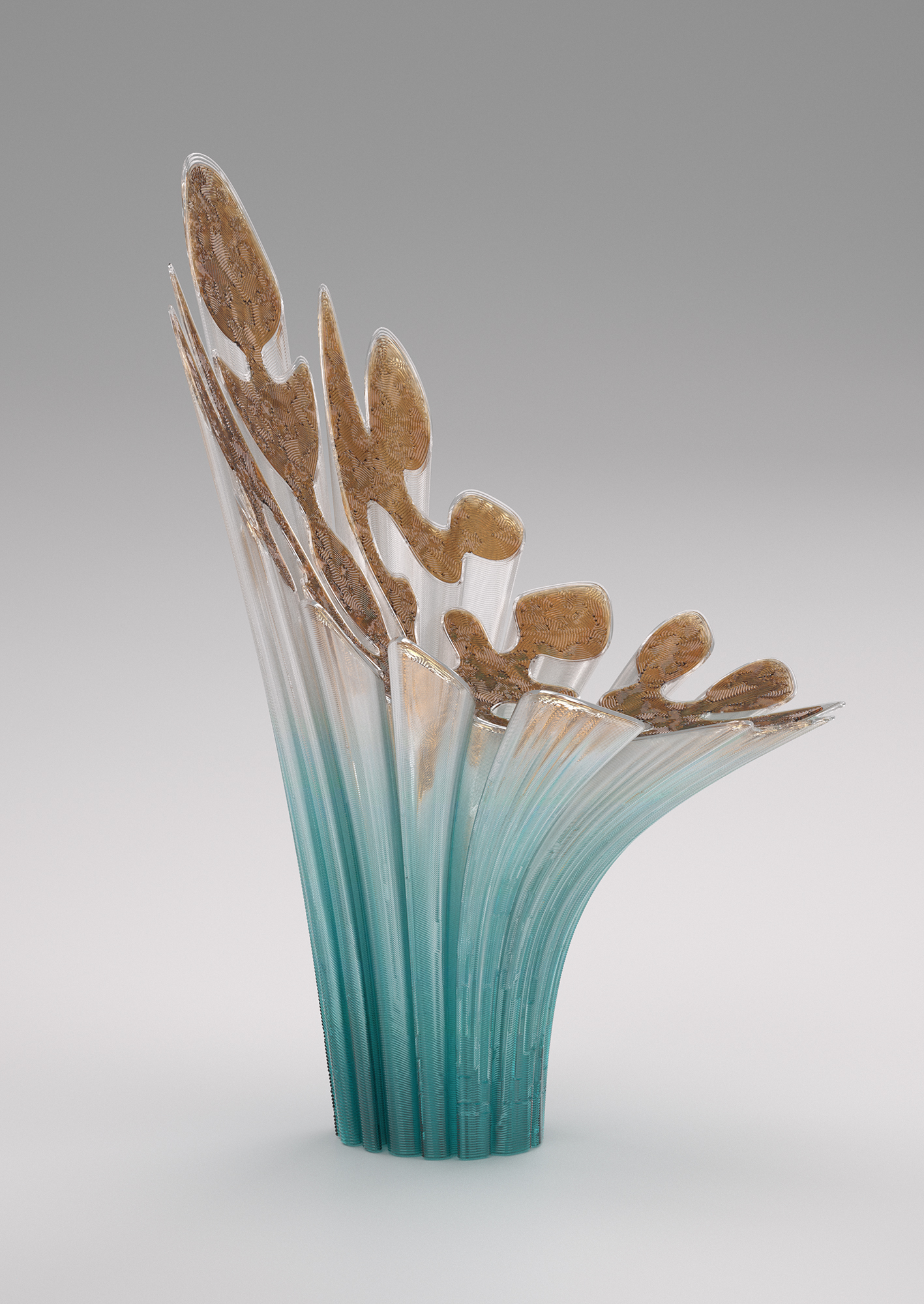
Bow and Rise, the two chairs designed by ZHA, look more like sculptures or, perhaps, seats you might expect to see in James Cameron’s Avatar. Yet they are not inspired by the future, but by the planet. ZHA explored underwater ecosystems and coral formations and the chairs were then made from polylactic acid plastic, a biodegradable, non-toxic material made from renewable sources (for those with a technical interest, they were printed using a pellet-extruder with plastic PLA particles).
The black and purple Bow chair and the blue, white and gold Rise chair might look as though they are carved from Murano glass, but in fact they are both light and strong. Ross Lovegrove’s Robotica TM stool is also inspired by nature while Daniel Widrig’s Peeler chair, which took an industrial robot just a few hours to 3D-print, uses as little material waste as possible.
An altogether more ambitious feat of 3D printing was overseen by Arup (arup.com) and CLS Architetti (clsarchitetti.com), who showcased Europe’s first 3D-printed one-bedroom house in a central square in Milan. It highlighted the fact that 3D printing not only creates less waste than the construction industry, but also uses materials that can be repurposed.
While we’re unlikely to be living in a 3D-printed house any time soon, we can, in the meantime, fill our old-fashioned bricks and mortar houses with beautiful things. The British brand Established & Sons (establishedandsons.com) revealed its first collection since the return of brand co-founder Sebastian Wrong, including lights, sofas and chairs. The collection has given life to a stacking chair designed by Mauro Pasquinelli in 1976. Too pricey to mass produce back then, it is now available in European oak or solid ash.

The Filigrana light, designed by Wrong himself, is a handmade glass pendant decorated with stripes while the Barbican sofa is by German designer Konstantin Grcic. An update on the traditional corner sofa, its grey fabric base is balanced with brightly coloured contrasting cushions on the seat and backrest.
For designers such as John Pawson, Milan offers the chance to be shown in different settings. Thus Pawson’s work was on display both in Swarovski’s (atelierswarovski.com) own palazzo, alongside a pop-up shop and café (Atelier Swarovski was launched in Milan in 2007 and has since worked with the late Zaha Hadid and Tomás Alonso) and in the Salvatori (salvatori.it) showroom (Pawson has designed the Italian company’s first outdoor collection).
Since it started in 1946 in northern Tuscany, Salvatori has taken pride both in its use of local Carrara marble and in sourcing stone from ‘the most inaccessible places imaginable.’ The result can be seen in its range of bathrooms, in floor and wall tiles and in the home collection. As you might imagine from a company that works with John Pawson, it’s all about muted colours and classic, simple shapes – the very opposite, in fact, of Gufram’s blingtastic gold sofa and deflated disco balls. But there’s a home for everything in Milan, and every home should have something from Milan.

